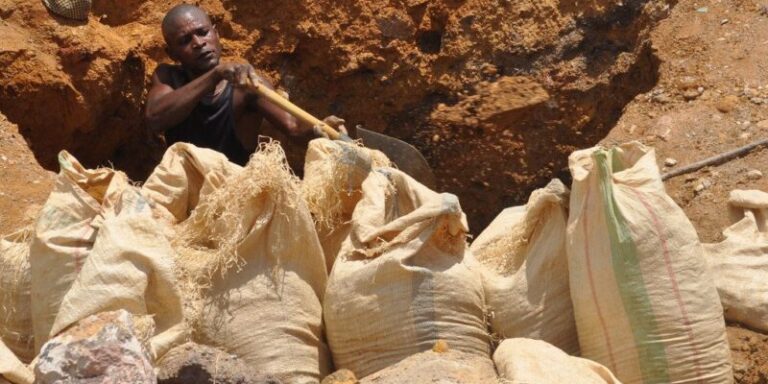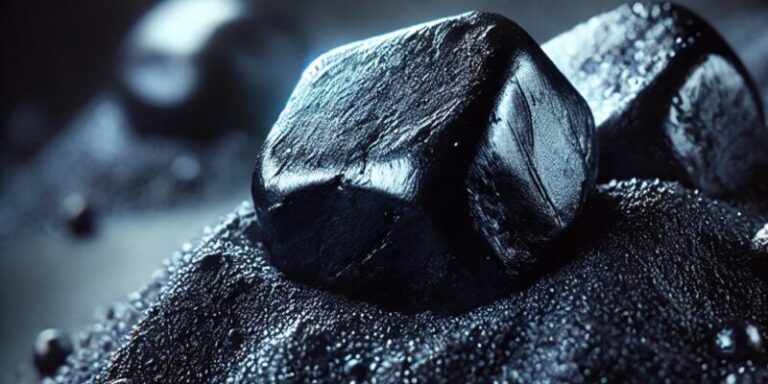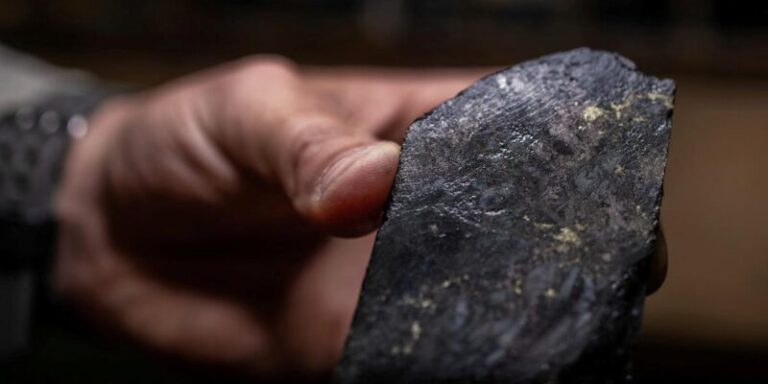
As the technology war between China and the West escalates and the energy transition progresses, China is boosting investments in critical minerals overseas as part of its Belt and Road Initiative (BRI), aiming to secure more raw materials for batteries and solar panels.
While the United States and the EU are looking to forge alliances to counter China’s dominance in the supply chain critical for the energy transition, China is investing billions of U.S. dollars in minerals and metals supply and processing in Africa, Latin America, and the Middle East.
The Chinese grip on the critical minerals markets is set to increase, some analysts say, despite the efforts of the U.S. and the EU to diversify their electric vehicle (EV) and renewables supply chains.
A new report showed this week that China is intent on defending its already huge global market share in those supply chains.
As part of the BRI, China invested more than $10 billion in metals and mining in the first half of 2023, a surge of 131% compared to the same period of 2023, according to a report by the Green Finance & Development Center (GFDC) of the Fanhai International School of Finance at Fudan University in Shanghai.
“An important growth area of strategic importance is China’s engagement in metals and mining,” Christoph Nedopil, the author of the report, wrote.
Engagement in the form of investment and construction as part of the BRI has been strong in African and Latin American countries.
China already holds significant shares of global mining sources, “and even more control in material processing (where across lithium, nickel, cobalt and graphite, China owns more than 50% of global capacity),” according to the report.
In the first half of 2023, China moved to expand lithium and copper mining and processing through Hainan Mining’s acquisition of Kodal Minerals, part of a lithium mine in Mali, a copper processing plant agreement in Saudi Arabia, and the commissioning of a lithium processing plant in Zimbabwe.
China’s overall BRI finance and investments in the first half of 2023 consisted of 103 deals worth a total of $43.3 billion, up from about $35 billion in the first half of 2022.
BRI investments in the first half of 2023 were dominated by private sector enterprises for the second time after 2022, including Huayao Cobalt and CATL, the report found.
For the rest of 2023, a further rebound of Chinese BRI engagement is possible with a strong focus on BRI country partnerships in renewable energy and related technologies.
Beyond 2023, China expects to invest more in new technologies, including batteries, renewable energy, data centers, and resource-backed deals in mining, oil, and gas, according to the key findings of the report.
“Green-related investments, including in metals relevant for the energy transition, have been seeing very significant Chinese engagement,” Nedopil, the report author and director of the Green Finance & Development Center, told Reuters.
BRI was launched a decade ago as an infrastructure development strategy throughout Asia, Africa, and Latin America.
Since the start of the initiative, cumulative Chinese BRI engagement in the form of investment and construction has already topped the $1 trillion mark and stood at $1.016 trillion as of the end of the first half of 2023, the report said.
China’s energy-related engagement in the first half of 2023 was “the greenest in any 6-month period since the BRI’s inception in 2013,” according to the report.
In metals and minerals, the surge in investments, which exceeded $10 billion in the first half of 2023, already surpassed the investment for full-year 2022.
If China continues to sign investment deals for metals and mineral supply at a similar pace for the rest of the year, metals and mining investments as part of the BRI are likely to exceed in 2023 the previous annual record of $17 billion set in 2018, the financial Times notes.
China Dominates Critical Minerals Supply Chains
As global investments in minerals are soaring, China continues to dominate supply and supply chains, which is a challenge to the energy transition.
Bank UBS expects China to end up controlling nearly one-third of the global lithium supply by 2025. Mines controlled by Beijing, not only in China but also in Africa, will see their total lithium output jump more than threefold in just three years—from 194,000 tons in 2022 to 705,000 tons by 2025, UBS said in a note earlier this year, carried by Bloomberg.
This surge in supply would raise the Chinese share of global lithium supply to 32% in 2025, up from 24% in 2022, the bank said.
A report from Darton Commodities, quoted by the Financial Times, expects that China’s cobalt share is set to hit 50% of global cobalt output in the next two years.
China’s CMOC Group is currently the second biggest producer of cobalt in the Democratic Republic of Congo, the country providing 75% of global supply now.
The International Energy Agency (IEA) has grown more optimistic about the ability of the industry to meet the expected surge in demand.
Global investment in critical minerals surged by 30% last year, following a 20% jump in 2021, the agency said in its first-ever annual Critical Minerals Market Review last month. The market size of key energy transition minerals doubled over the past five years, reaching $320 billion in 2022, pushed up by rising demand and high prices.
But limited diversification of supply could present a challenge to the industry, the agency warned. China, the Democratic Republic of Congo, and Indonesia continue to dominate a large part of the critical raw material supply, while China is a dominant player in refining operations, the IEA noted.
SOURCE:https://oilprice.com





